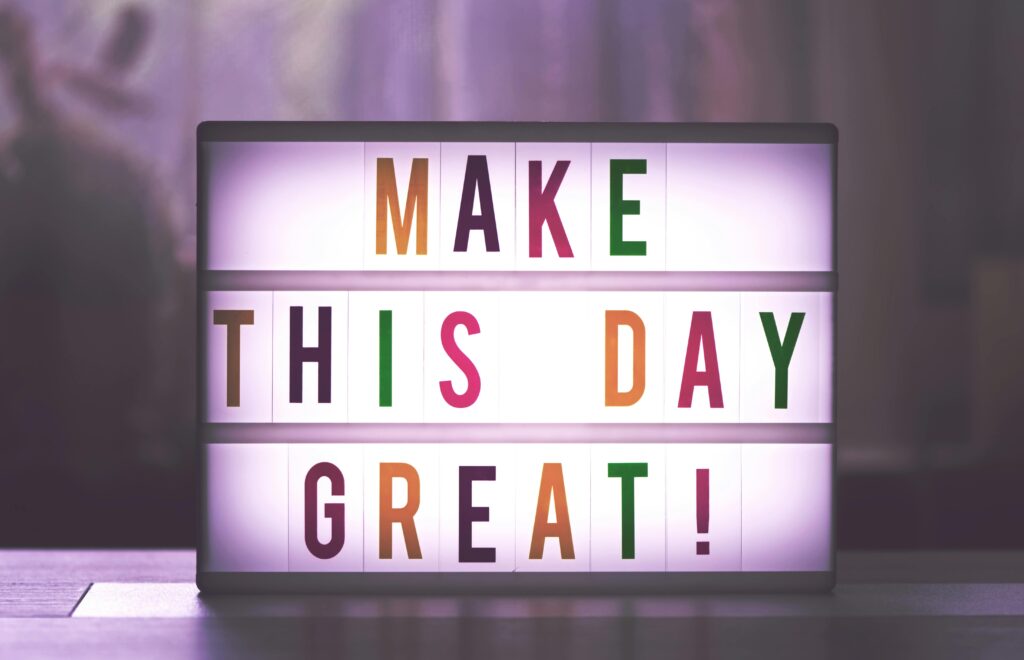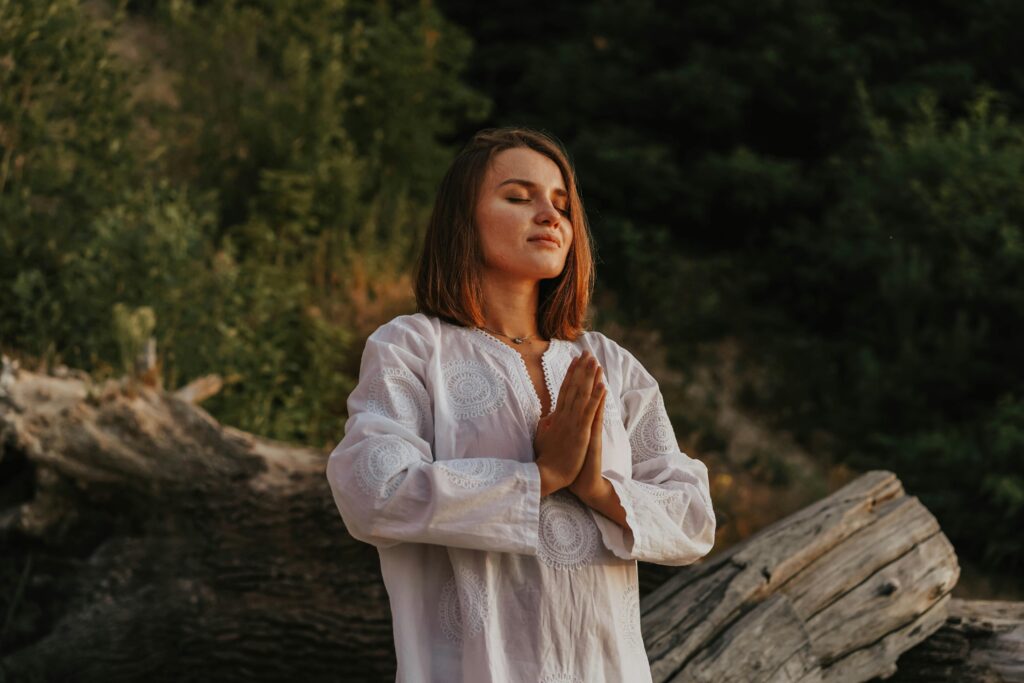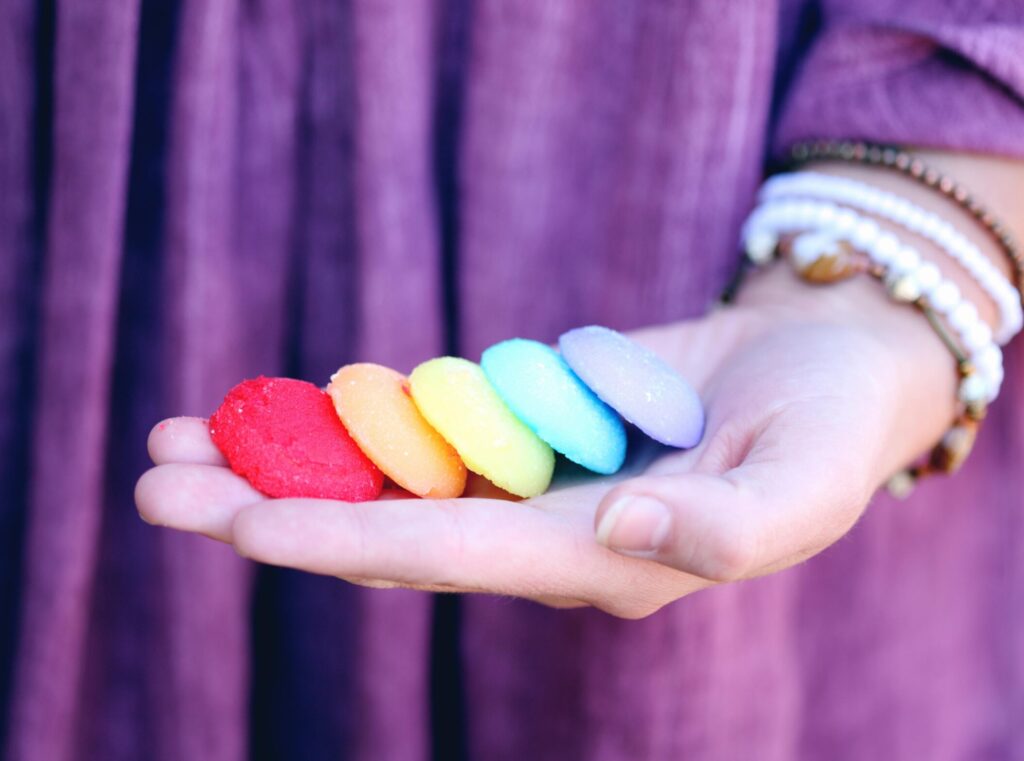Your Guide to Mindfulness, Stress Relief, and Relaxation Techniques
In today’s fast-paced world, mental wellness has become a cornerstone of a healthy and fulfilling life. Prioritizing your mental health is not just about managing stress; it’s about creating a mindset that promotes balance, clarity, and peace. Let’s explore practical ways to incorporate mindfulness, stress relief, and relaxation techniques into your daily routine.
What is Mindfulness?
Mindfulness is the practice of being present and fully engaged in the current moment. It helps reduce anxiety, improve focus, and foster a deeper connection with yourself and others. Here are some simple ways to practice mindfulness:
Start Your Day with Gratitude: Take a few moments each morning to reflect on things you’re grateful for. This sets a positive tone for the day.


Mindful Breathing: Spend 5 minutes focusing on your breath. Inhale deeply through your nose, hold for a count of 4, and exhale slowly through your mouth.
Engage Your Senses: Pay attention to the sights, sounds, smells, and textures around you. Whether you’re sipping your morning coffee or taking a walk, immerse yourself fully in the experience.

Mindfulness isn’t just about meditation; it’s about cultivating awareness in everything you do, from eating to working and even during conversations.
Stress Relief on the Go
Stress is an inevitable part of life, but how you manage it makes all the difference. Here are some effective stress-relief techniques:
- Practice Progressive Muscle Relaxation (PMR): Starting from your toes and moving upward, tense each muscle group for 5 seconds, then release. This helps alleviate physical tension and encourages relaxation, even if you only have a few minutes.
- Write It Out: Journaling can be a powerful way to process emotions. Spend 10 minutes writing down your thoughts or creating a gratitude list. If you’re short on time, even jotting down a quick to-do list can help declutter your mind.
- Laugh Often: Watch a funny video, share jokes with a friend, or recall a hilarious memory. Laughter is a natural stress reliever that releases endorphins and boosts your mood instantly.
- Take Mini-Meditation Breaks: Close your eyes, take a deep breath, and focus on a calming word or phrase for just 1-2 minutes. Apps like Headspace offer short meditations designed for busy schedules.
- Stretch and Move: A quick stretch or walk around your workspace can do wonders for both your body and mind. Loosen tight muscles and get your blood circulating to feel re-energized.
- Listen to Music or Nature Sounds: Create a playlist of calming tunes or ambient nature sounds. Listening for even a few minutes can help reduce stress and create a sense of calm.
- Limit Overwhelm: Break tasks into smaller, manageable steps and focus on one thing at a time. Multitasking often increases stress and reduces efficiency. Use tools like timers or apps to prioritize and track progress.
- Stay Hydrated and Snack Smart: Dehydration and hunger can amplify stress. Keep a water bottle and healthy snacks like nuts or fruit within reach to maintain your energy and focus.
Relaxation Techniques for Inner Peace
Relaxation techniques can help reset your mind and body, leaving you feeling refreshed and rejuvenated. Here are some methods to try:
- Guided Meditation: Listen to a guided meditation session on an app like Calm or Headspace. Even 10 minutes can make a big difference.
- Visualization: Close your eyes and picture a calming place, such as a beach or a serene forest. Imagine the sounds, smells, and sensations of being there.
- Aromatherapy: Use essential oils like lavender, chamomile, or eucalyptus to create a calming environment. A few drops in a diffuser or on your pillow can help you unwind.
- Stretch and Relax: Simple yoga poses like Child’s Pose or Legs-Up-The-Wall can relieve tension and promote relaxation. Pair these with deep breathing for maximum effect.
Creating a Mental Wellness Routine
Consistency is key to maintaining mental wellness. A structured routine can help you stay grounded, manage stress, and improve your overall mental health. Here are some tips for crafting your own mental wellness routine:
- Morning: Begin your day with 5 minutes of mindful breathing. Use this time to set a positive intention for the day. Pair it with light stretching to awaken your body and mind.
- Midday: Schedule short, intentional breaks throughout your workday. Step outside for fresh air, do a quick body scan to release tension, or practice Progressive Muscle Relaxation to reset your focus.
- Evening: Dedicate time to winding down before bed. Spend 15 minutes journaling to reflect on your day, practice gratitude, or jot down goals for tomorrow. Follow this with a short meditation or visualization exercise to clear your mind.
- Weekly Practices: Reserve time each week for activities that nourish your mental health. This could include a yoga class, a nature walk, or a creative outlet like painting or playing an instrument. These moments of self-care reinforce a balanced lifestyle.
Remember, your mental wellness routine should be flexible and tailored to your needs. It’s okay to start small and build gradually. What matters most is consistency and the intention to care for your mental health.
Final Thoughts
Taking care of your mind is just as important as taking care of your body. Incorporating mindfulness, stress-relief techniques, and relaxation practices into your routine can transform your mental wellness journey. Remember, it’s about progress, not perfection—even a few minutes a day can make a significant impact.